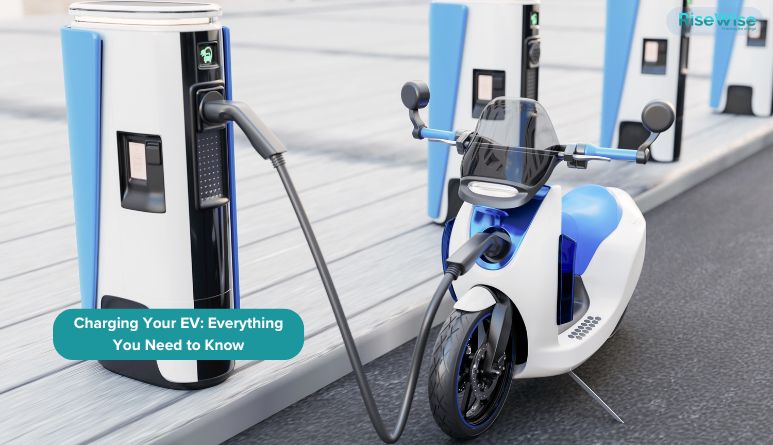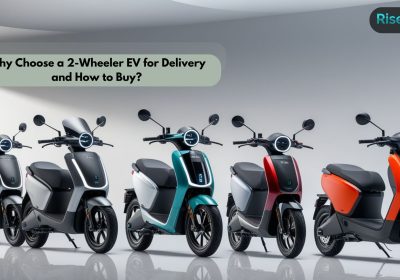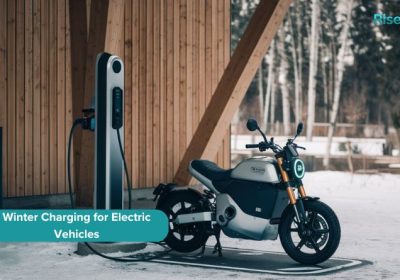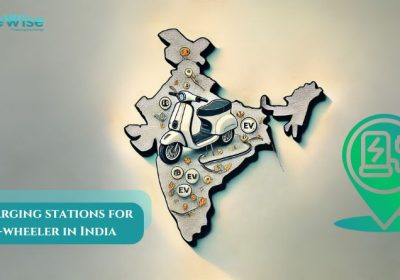
Charging Your EV: Everything You Need to Know
The surge in electric vehicle (EV) adoption has revolutionized how we think about transportation. However, one of the biggest questions for EV owners and prospective buyers is: how do I charge my EV? Whether you’re new to EVs or looking to optimize your charging routine, this comprehensive guide will provide all the essential details.
Table Of Content
Types of EV Charging
EV charging is classified into three main levels, each suited for different needs and scenarios:
1. Level 1 Charging
- What it is: Level 1 charging uses a standard 120-volt outlet, which is common in most homes.
- Charging Speed: Adds about 3-5 miles of range per hour.
- Best For: Overnight charging or low daily mileage requirements.
- Setup Requirements: Minimal — simply plug into any grounded household outlet.
2. Level 2 Charging
- What it is: Utilizes a 240-volt outlet, similar to those used for home appliances like dryers.
- Charging Speed: Adds 12-80 miles of range per hour, depending on the charger and vehicle.
- Best For: Faster home charging or workplace charging stations.
- Setup Requirements: May require installation of a dedicated charging station at home.
3. DC Fast Charging (Level 3)
- What it is: Offers the fastest charging available, typically found at public charging stations.
- Charging Speed: Adds up to 80% charge in 20-40 minutes.
- Best For: Long-distance travel and quick top-ups during road trips.
- Setup Requirements: Requires compatible vehicles; not all EVs support DC fast charging.
Public vs. Home Charging
Home Charging
Home charging is the most convenient option for most EV owners. Here’s why:
- Cost-Effective: Electricity rates are generally lower at home compared to public stations.
- Convenience: Charge overnight and wake up to a fully charged vehicle.
- Control: Use smart chargers to schedule charging during off-peak hours for reduced costs.
Public Charging
Public charging stations provide flexibility and accessibility, particularly for long trips or urban dwellers without home chargers:
- Locations: Found in shopping centers, highways, workplaces, and parking lots.
- Types: Range from Level 2 to DC fast chargers.
- Apps: Use apps like PlugShare or ChargePoint to locate nearby chargers.
- Payment: Varies by provider; some stations are free, while others charge per hour or kilowatt-hour (kWh).
Factors That Affect Charging Times
Several factors influence how quickly your EV charges:
- Battery Size: Larger batteries take longer to charge fully.
- State of Charge (SOC): Charging slows down as the battery nears full capacity.
- Charging Station Power: Higher power stations (measured in kW) deliver faster charging.
- Vehicle Compatibility: Not all EVs support high-speed charging.
- Weather Conditions: Cold temperatures can slow down charging speeds.
Tips for Efficient EV Charging
- Plan Ahead: Identify charging stations along your route, especially for long trips.
- Optimize Timing: Charge during off-peak hours to save money if your utility provider offers time-of-use rates.
- Monitor Battery Health: Avoid letting your battery drop to zero or consistently charging to 100% to extend its lifespan.
- Use Smart Charging Features: Many EVs and chargers allow you to schedule charging times and monitor progress via apps.
- Invest in a Home Charger: Installing a Level 2 charger at home can significantly enhance convenience and reduce reliance on public stations.
The Future of EV Charging
The EV charging infrastructure is rapidly evolving to meet growing demand. Innovations like ultra-fast chargers, wireless charging pads, and vehicle-to-grid (V2G) technology are making EV ownership more seamless than ever. Governments and private companies are investing heavily in expanding charging networks, ensuring that EVs remain a viable and sustainable option for all.
Conclusion
Charging an EV is straightforward once you understand the basics. Whether you prefer the convenience of home charging or the flexibility of public stations, there’s an option for every lifestyle. As technology continues to improve, charging will only become faster, more accessible, and cost-effective. Embrace the EV revolution and enjoy the ride—without worrying about your next charge.






No Comment! Be the first one.